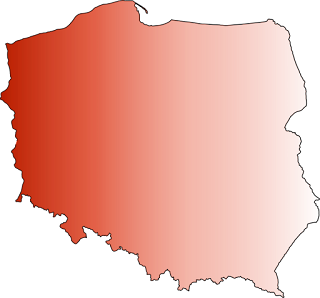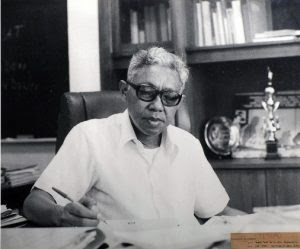The Javanese Homegarden Journal for Farming Systems Research-Extension 2 (3): 95-118. Otto Soemarwoto and G.R. Conway Professor, Institute of Ecology, Padjadjaran University, Bandung, Indonesia Professor, Centre for Environmental Technology, Imperial College of Science and Technology, London. ABSTRACT On of the oldest forms of agroecosystems, the homegarden is present throughout the world. It is most highly developed on the island of Java, in Indonesia, where it typically has a very high diversity of useful plants and animals per unit area. This diversity and the intensive household care that is given to the homegarden result in a unique combination of high levels of productivity, stability, sustainability, and equitability. Compared with rice fields on Java, the homegarden has a greater diversity of production and frequently produces a higher net income. The harvest is more stable over time, the system is buffered against pests and diseases, and the effects of erosi...





